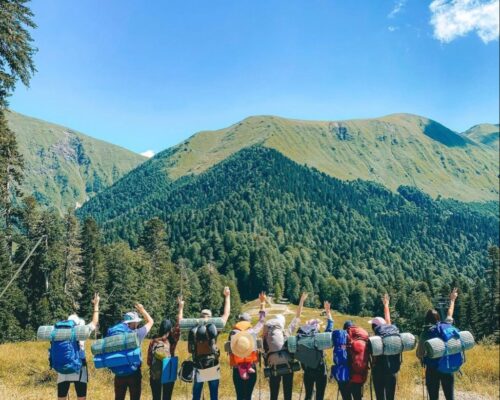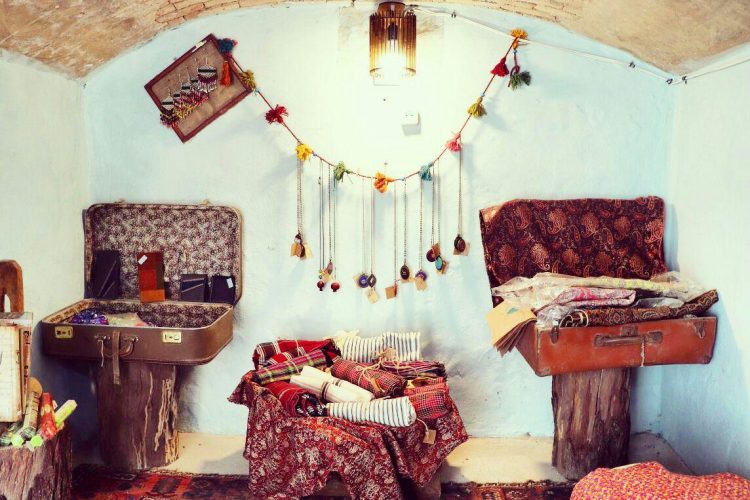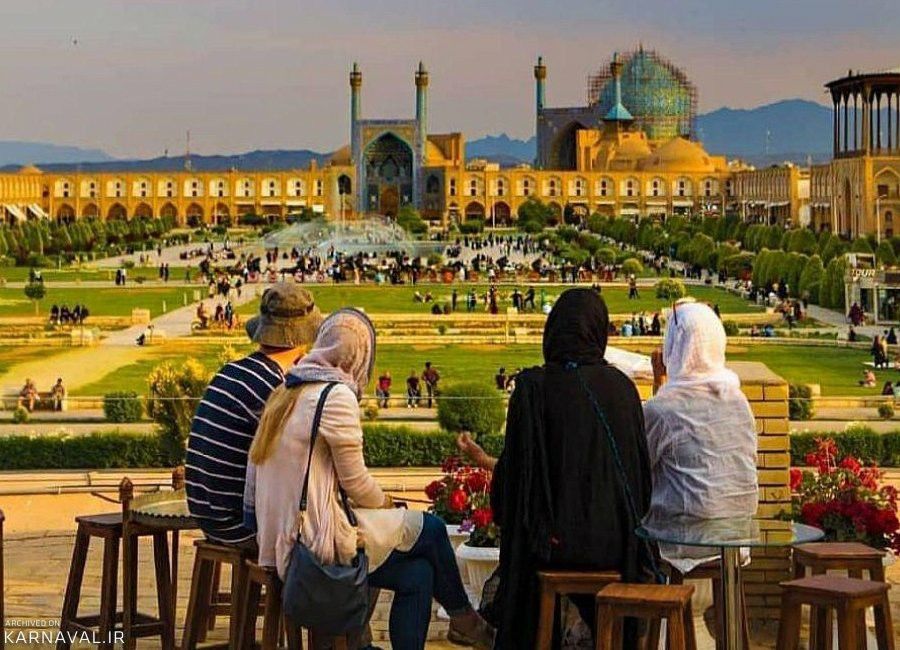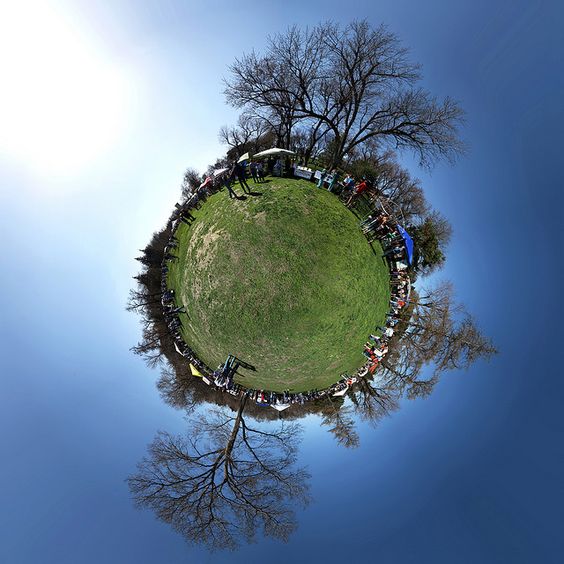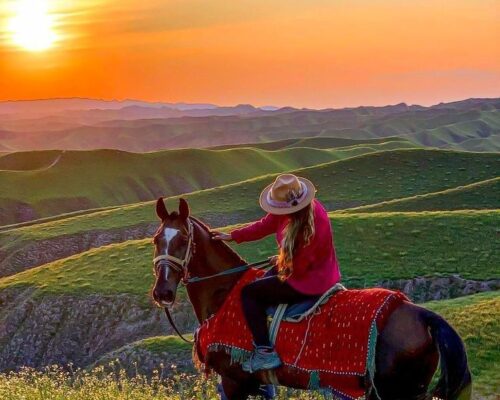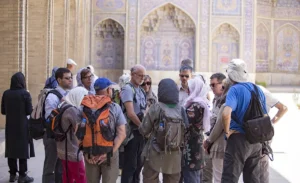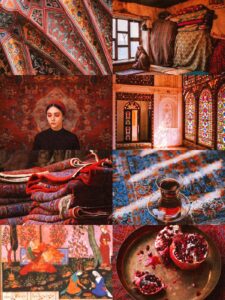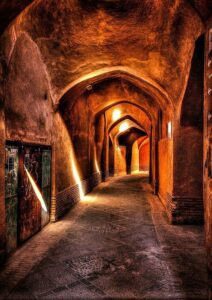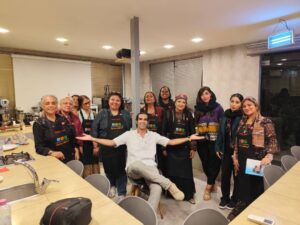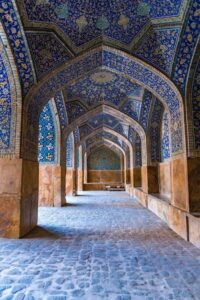Travel deeper, travel kinder
When people imagine traveling to Iran, they often think of rushing from one famous city to another, ticking boxes: Persepolis, Isfahan, Yazd, Shiraz. But slow travel tells a different story. It’s not about how many places you visit, it’s about how deeply you experience them. And in Iran, where hospitality, culture, and nature run deep, slow travel becomes not just a choice but a gift, to yourself and to the communities you meet along the way.
What Is Slow Travel?
Slow travel is about connection over speed. It means staying longer in one place, choosing trains instead of flights, staying in family-run guesthouses instead of big hotels, and taking time to really listen, to people, to traditions, to landscapes.
In Iran, where life often moves at a gentler rhythm, slow travel feels natural. Whether you’re sipping tea in a Yazd courtyard, joining a family dinner in Kashan, or watching the sunset in the desert without rushing to the next stop, you realize that the essence of travel here is about presence.
Why Iran Is Perfect for Sustainable, Slow Travel
•Community-Based Stays: Many villages and traditional houses (like eco-lodges in Yazd, Kashan, and Kerman) are run by local families who welcome you into their world. Your stay supports them directly.
•Rich Local Traditions: From carpet weaving to bread baking, every region has its own craft and rhythm. Slow travel lets you witness and join in.
•Nature that Demands Respect: Iran’s deserts, mountains, and forests are fragile. Walking lightly and moving slowly helps preserve these spaces for generations to come.
•Food Culture: Iranian meals are not fast; they are experiences. Slow travel means joining locals, savoring dishes like ghormeh sabzi or freshly baked barbari, and understanding the meaning of food as connection.
How to Travel Responsibly in Iran
1.Choose Local, Stay Local
Opt for eco-lodges, guesthouses, and traditional inns (like caravanserais). Not only are they beautiful, but they also keep your money within the community.
2.Move with Care
Take the train from Tehran to Yazd, or bus rides across provinces—it reduces your carbon footprint and lets you see landscapes up close.
3.Respect Traditions
Even as Iran modernizes, local traditions remain central. Be open, be curious, and let locals guide the pace of your experience.
4.Travel Lightly in Nature
In deserts or mountains, leave no trace. Carry your waste, respect water scarcity, and remember that silence is part of the landscape.
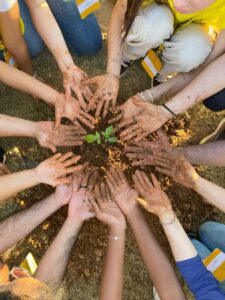


Sensory Slow Travel Moments in Iran
•The smell of fresh herbs in a Shiraz market while you chat with vendors.
•The sound of the wind moving through Yazd’s windcatchers as you rest on a rooftop.
•The sight of saffron threads drying in Khorasan, glowing red in the sun.
•The warmth of shared tea in a desert camp under a sky full of stars.
These moments don’t come from rushing, they come from staying, listening, and letting Iran unfold at its own pace.
Why Slow Travel Matters Now
In a world of over-tourism and fast lifestyles, slow travel in Iran is both an ethical choice and a soulful one. It supports local communities, reduces environmental impact, and gives travelers something more valuable than checklists: real connection.
Iran is not just a place to see, it’s a place to feel. And the slower you go, the more it gives back.
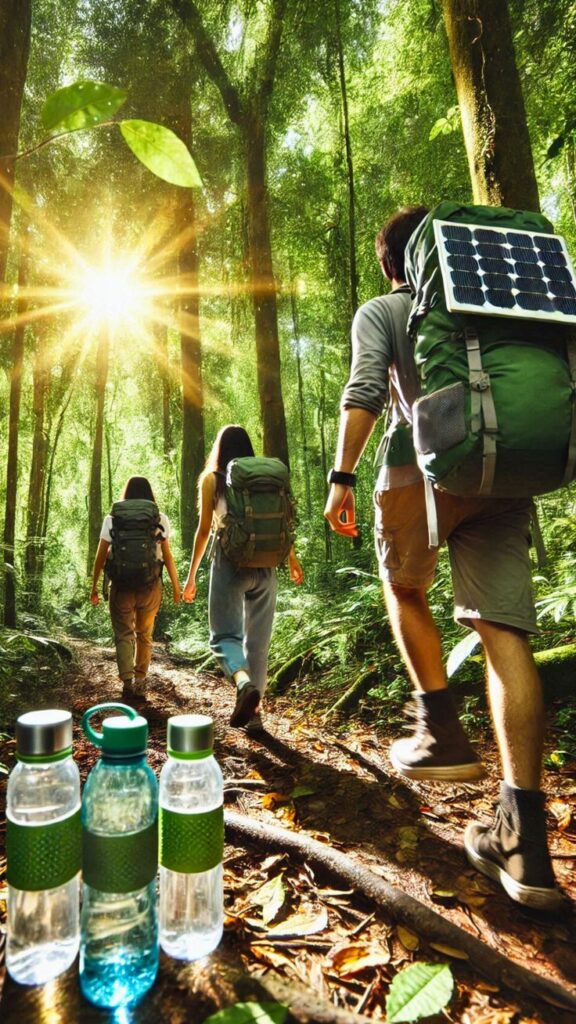
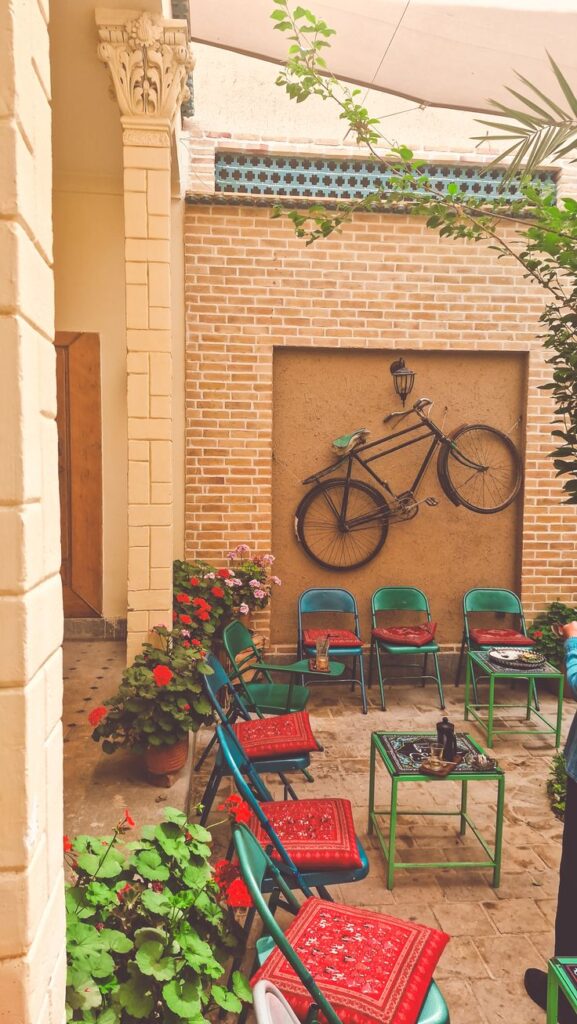
- 📍 Isfahan, Shiraz, Tehran
from:

